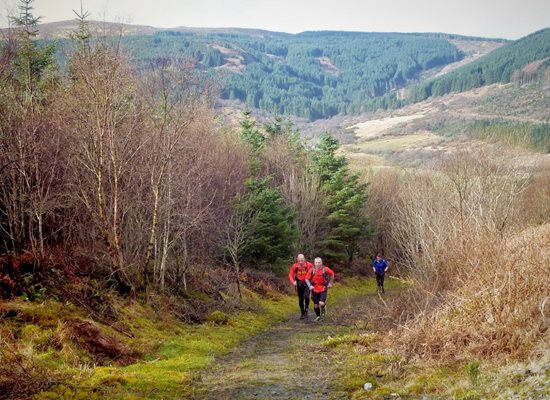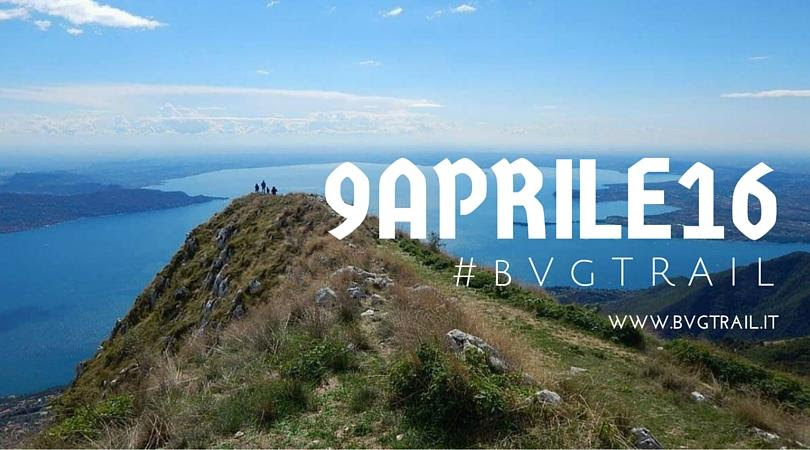The Spine Race was held last week. These series of races travel up the Pennine Way, starting with The Spine Sprint doing the first 48 miles; The Spine Challenger doing the first 108 miles; The Spine Challenger North doing the final 160 miles and the full Spine Race, doing the whole 268 miles. It is known as “Britain’s Most Brutal” race and not without reason.
This race has been on my radar for a long time, when years ago I saw tweets from a friend Allan when the full race was paused due to a blizzard. Only such an extreme weather event would stop this race and it wasn’t long before the race was started again, in the thick snow left behind.
It is hard to describe how extreme this event is when you put together the terrain, the weather and the distance. Take each on their own and they are surmountable but put them all together and you have a very rare breed of human indeed who can win over all of those challenges together.
Despite my entry into the Challenger in 2021, which was cancelled (phew!) due to Covid, I have never been tempted to even consider the full event but it has such an aura about it that I wanted to be part of it another way and so I volunteered to help on the safety team.

We have all helped at events, volunteering our time at a checkpoint or registration. But, like everything to do with The Spine, volunteering for this race was at the extreme end of the scale. This isn’t contributing a day out of your weekend; this requires over a week of your time. To offer support on this event the organisers have to provide 24 hour monitoring and so I was just one in a team of several teams who supported the runners for 24 hours a day, over 8 days, as they travelled up the Pennine Way.
My team was on the nightshift, starting at 6pm we worked through to 6am, keeping an eye on runners as they passed our various positions and making sure they were, if not happy, at least okay. One by one they would appear out of the dark, a single lonely headtorch light bobbing towards us as they made their way down the road, track or path.

This experience has given me a whole new perspective on the race and the people who toe the start line. Almost every single runner I saw, whether they were 100 miles or 200 miles into the race, was remarkably cheerful. Their resilience and pluck in the dark hours of the morning, the pleasure shown when they saw us was gratifying. I think the fact they came upon a friendly face asking how they were elicited smile from most and if you went so far as to offer tea or hot water for them to make a meal, the gratitude was palpable.
Being part of the safety team meant that we are glued to the trackers even more than friends and family are. Like the team at HQ, we were watching for any dots that didn’t move when they were supposed to be moving, dots moving off in the wrong direction or if a dot was moving more slowly than it should. Depending on our position, whether it was a welfare safety check at a road crossing, or more of a base to provide some water, we would watch the dots slowly approach us.

If anyone had any concern about a runner, it would be reported to HQ and a more thorough inspection would be requested at the next checkpoint. Watching the runners through the tracker, meeting them out in the middle of nowhere and watching their onwards progress meant that I was far more invested in the runners than normal. They weren’t anonymous dots, they were the guy whose headtorch my team mate fixed which allowed him to continue his race; the guy who I saw changing his socks under Hadrian’s Wall and checked was ok… they all made an impression on me and I willed every one on as I watched them to the end. My friend and colleague Robin was one such dot; not only did I know him personally but his story is a particular one to emote strong reactions and it’s worth reading. I found much about the Spine emotive.
I was sad not to see the amazing checkpoints in action, but our strict Covid policy meant interaction was kept to a minimum, and we stayed within our team bubbles. The stories I heard from my team who had previously run the race made me want to experience them. I particularly missed the lasagne at Alston! What amazing hubs of solace and support they are.

Watching the tracker made me realise how many people run this race alone. I imagine this is due to the extreme distance of the full race, as everyone’s need to stop to eat or rest is highly individual and makes running with someone very difficult. So, to my mind, in addition to all the physical challenges that the race throws at you, this mental one is even bigger, especially if you are a social animal like I am.
The runners were lucky this year with the weather, as after the first weekend where it snowed a little bit at the start, the weather was benign for the rest of the week. However, it is easy to forget how cold and bleak it is on top of the fells at the best of times and I imagine it’s so much worse in the dead of night, when the clag is down, you’re lost in a bog and you have 150 more miles to run.

My first evening on duty required a rescue of a runner who needed to retire just before he reached Great Dun Fell. Luckily there was a track that we could drive up which allowed us to reach him quite quickly. But even the drive up was hairy; in thick fog, on a single track road with hairpin bends, the corners looming up out of the fog that gave me no visibility beyond the end of my bonnet. When I got out of the nice warm car, the cold took my breath away and gave me a sharp reminder of how easily the wind can take your heat away. Our evacuee was happily tucked up in his bivvy bag. A reminder of the importance of good kit!
By the middle of the week, we were based at Hadrian’s Wall in the same place as Spine HQ. Working throughout the night, when we were on standby, we could hear the HQ team busy watching and talking to runners and helping anyone that needed help. It was non-stop and they oversaw everyone and everything, keeping everyone safe. I learned of the great community spirit in the villages along the Pennine Way – people would come out of their houses to offer support to the runners as they came through; some even throw their doors open to runners to offer respite from the weather or terrain. The kindness of strangers still holds true.
It was a pleasure to be part of a great team, a wonderful variety of people who all have great experience in, and love of, the mountains. I have learned much off them all and I look forward to seeing them again, either on the trail or supporting it. Above all, it’s been a fantastic experience and a privilege to watch, and support in my own small way the amazing runners. Whether they ran the Sprint or the full 268 miles, completed or had to pull out, their bravery and stoutness are to be admired and applauded.
Kate Allen is Editor of RunUltra and in her spare time can be found running and racing with her dog Mac around the hills of the Peak and Lake District.






